Maybe you remember Thomas Edison. He developed the first local power grids based on direct current (DC), a current that runs continuos in the same direction.
The back draw of DC is, you can't convert the voltage easily. So, over long distances, you have a lot of losses.
Then Nicola Tesla came up with the idea to use alternating current (AC). Now it was possible to transform voltages for long distances very easy.
From that time on and since now, AC is used worldwide in generation, transmission and distribution networks. With the upcoming technologies for electric vehicles (EV) and energy storage in general, the situation is slightly changing.
The role of direct current gains importance again.
Imagine a solar power plant together with electrical energy storage and DC-car charging. There are no AC/DC conversion losses except for maybe some auxiliary AC power (e.g. street light).
But, how to bill the energy? Electronic energy meters are designed for AC power. Most DC-charging piles are still billed either time-based or on the AC-side if connected to the grid. Both methods have uncertainties.
The cost for time-based DC fast charging is only a guess. Battery charging is not linear. Cost savings are there for big car batteries and low battery state, while owners of cars with small batteries and higher charging state are overcharged. In some countries, like Australia, already some concerns for the billing method are coming up.
With AC metering, you have to take the conversion losses into consideration. This can be a loss in the range of 6 % to 9 % versus the recorded energy in the car.
For an accurate billing, DC meters are required. These meters are still rare outside of China. A few years ago, we have developed DC-energy meters especially for the fast charging piles.
These meters can cover DC currents up to 1200 A with an accuracy class. For other usage, e.g. together with electrical energy storage, the meters have a four quadrant measurement. This enables the user to bill or monitor the recorded energy in both directions (feed to the grid or charging)
The meters are certified for billing purpose according to the local regulations.
CLOU DC meter, example

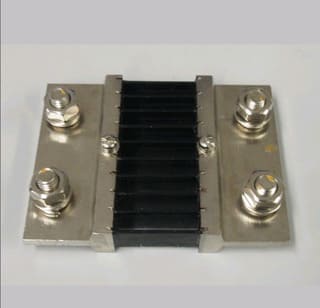
DC meter test equipment
Our roots are meter testing. So we have developed a DC meter test system. The heart is a DC standard with accuracy class 0.05.
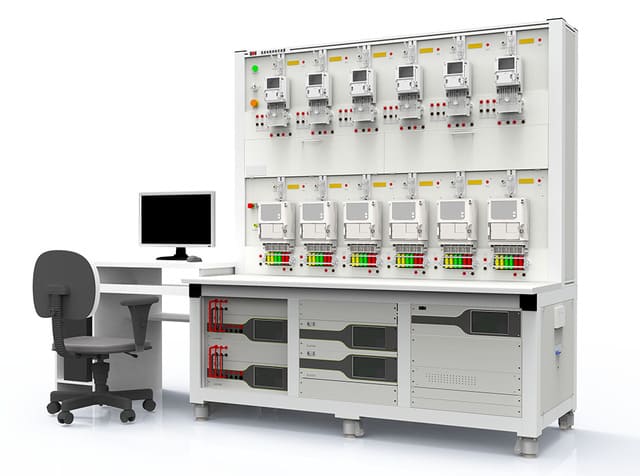
Conclusion
DC metering will become more important in the near future. Together with energy storage, solar power plants and car charging, the customer expects an accurate billing. We are prepared.
Thank you for reading and stay safe.
Editor's note: This article was originally published in March 2022 and has been updated for comprehensiveness.
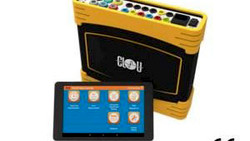
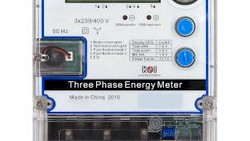
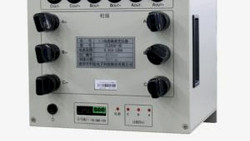
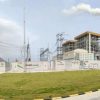

All comments are moderated before being published. Inappropriate or off-topic comments may not be approved.